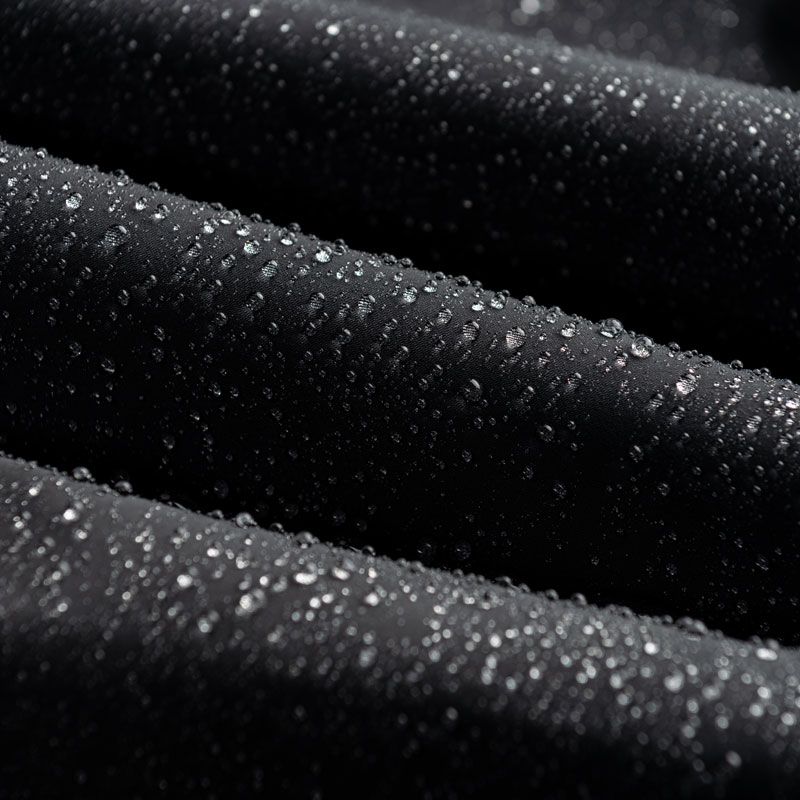
Why do we need Durable Water Repellents?
Even if it employs a waterproof membrane, a garment can become saturated (soaked) when exposed to sustained moisture over time. When this happens it impedes the breathability of the membrane below the shell layer. For non-membrane fabrics, small amounts of rain can easily penetrate the fabric and get you wet.
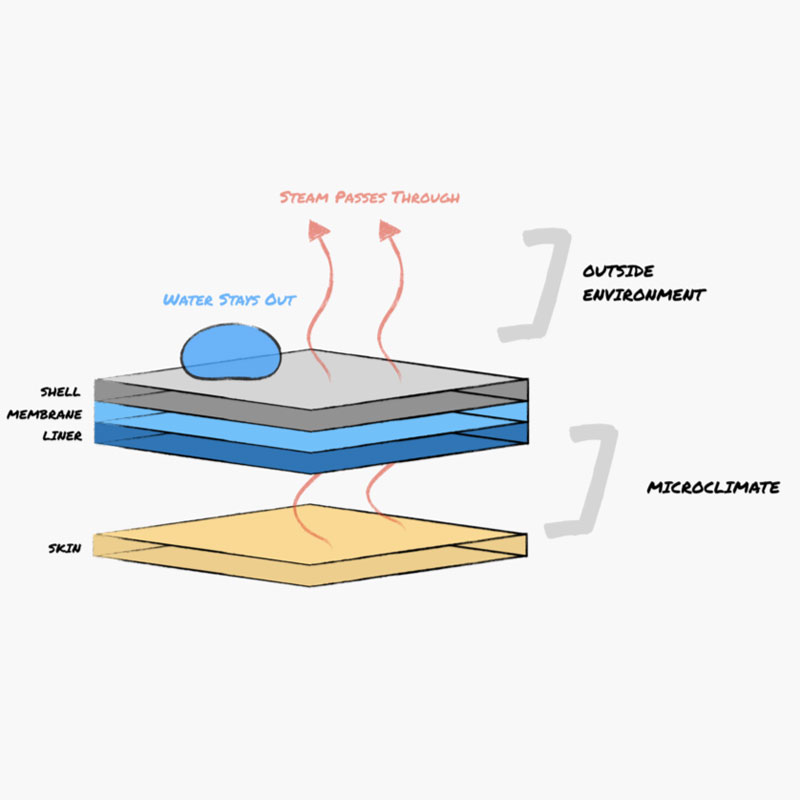
Waterproof vs. Water Repellent
Because they sound similar and are methods of keeping you dry, “waterproof” and “water repellent” are often used interchangeably by brands – but there is a key distinction between the two.
• Waterproof: keeping water from going through the fabric
• Water repellent/resistant: keeping water off the fabric
With enough rain, a water repellent fabric will become wet.

Oil & water
Oil and water don’t mix because water is polar (has a + / – charge, like a magnet) and oil is not. This is the reason early methods of keeping clothes dry were through waxing, or oiling canvas to repel moisture.
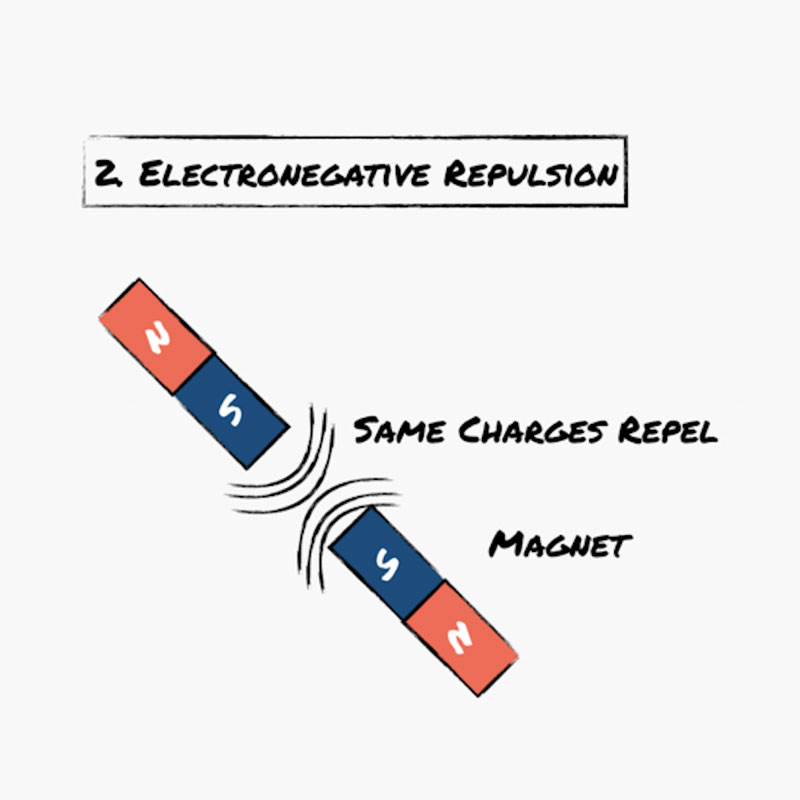
Polarity
Polarized molecules repel or attact each other, due to their electromagnetic charge. This repulsive force is critical to the function of DWRs.
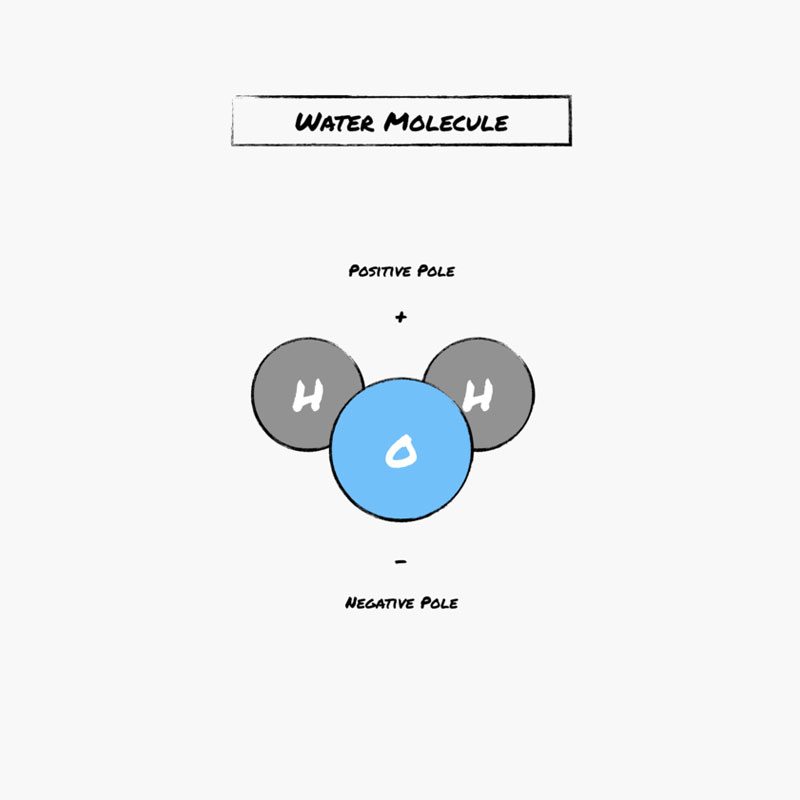
Repelling through the magnetic charge
You can turbo-charge this effect by taking advantage of the fact that water is slightly electronegative – basically, the Oxygen molecule dominates the water molecule and has a negative charge. When you have two magnets with their North or South poles facing each other, they push themselves apart. This is what happens with Perflourinated (PFC) DWRs – they work by using the Fluorine molecule to push away the Oxygen molecule due to their common negative charge.
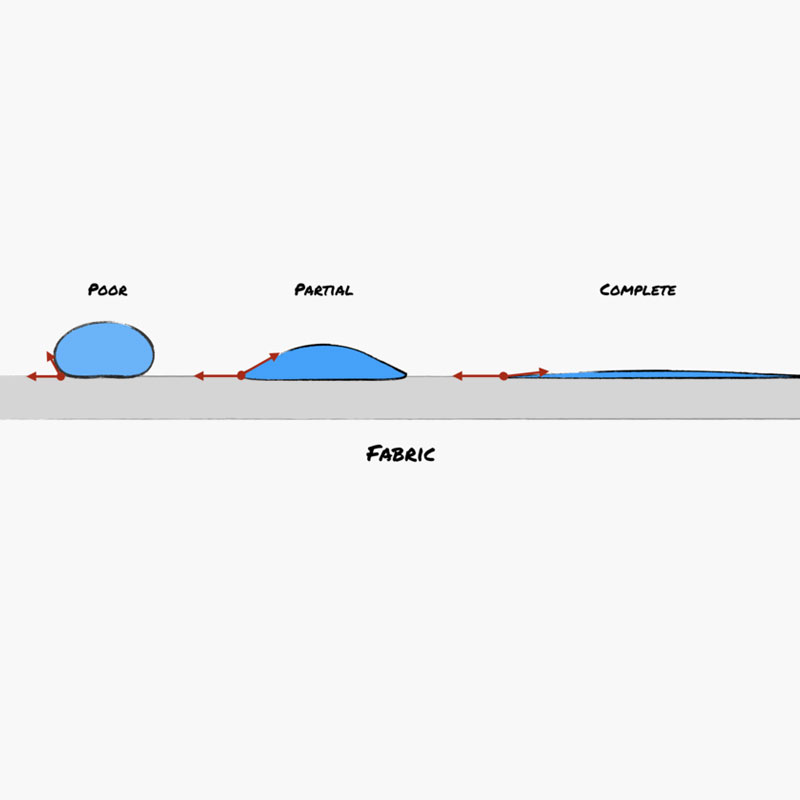
Contact angle
When you push away the water, it causes water to “bead up”, by increasing surface tension. The water droplets act like balls and simply roll off the fabric.
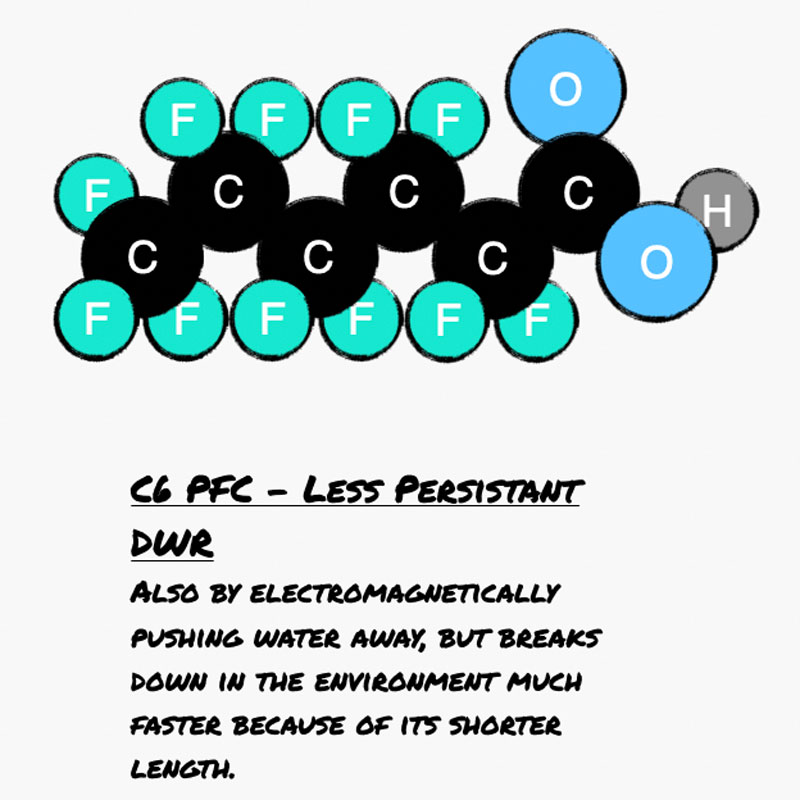
Perfluorinated compounds
Most water repellent garments currently use PFC/PFAS (Perflourinated Carboxylic Acid) DWR. However, there is growing research that indicates PFCs can affect our endocrine / hormonal system. Thus, the industry is now moving away from PFCs, relying more on the principle of Oil & Water to keep fabric dry.
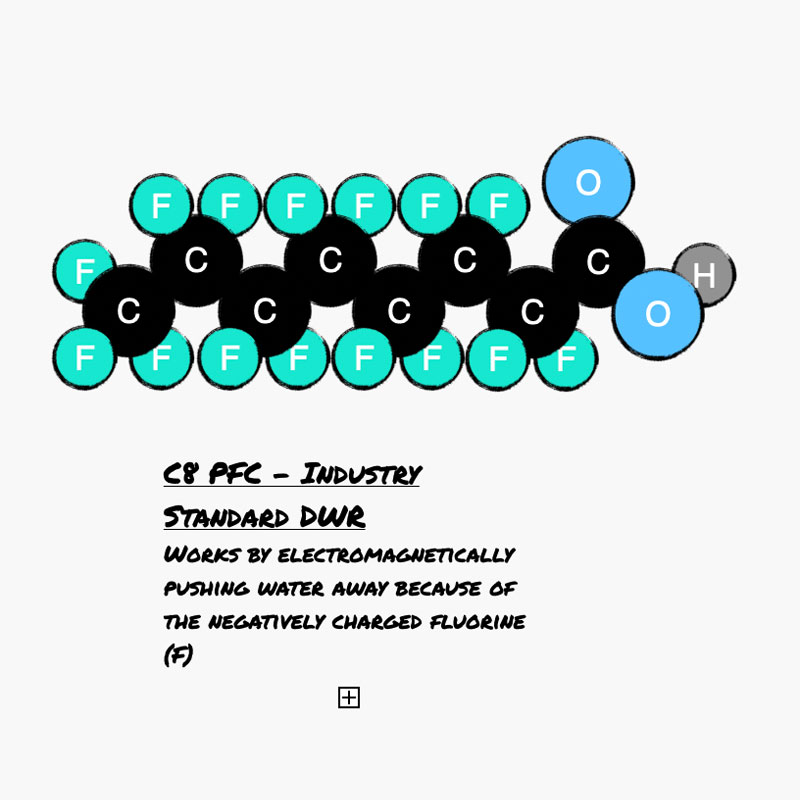
Persistant PFCs
DWR with 8-carbons (C8-DWR) is more durable than 6-carbon DWR – but it persists in our water supply for much longer as a result.
PFC-free DWR & sustainability
Over the past 12 months, we’ve been shifting all of our DWRs to C6 and non-PFC, Silicon-based DWRs, and our recent Mercury Jacket, Momentum Chinos, Doppler Mac and Kinetic Jacket all benefit from this change.
